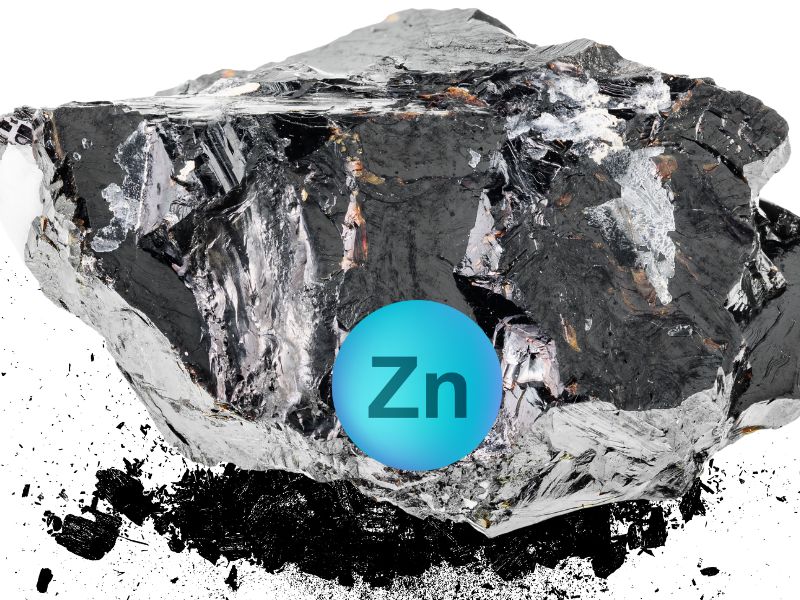Zinc Ash Price: Analyzing the Market Influences
Zinc ash, a byproduct of zinc production, is widely used in various industries, such as metallurgy, chemicals, and construction. Its price can fluctuate due to numerous factors, making it essential for businesses to understand the influences at play in the market. In this article, we’ll explore the main elements that impact the zinc ash price and offer tips on how to navigate this dynamic market.
Understanding the Factors Behind Zinc Ash Price Fluctuations
- Market Demand for Zinc The demand for zinc plays a significant role in determining the price of zinc ash. Zinc is used primarily in galvanizing steel, a key process in industries such as automotive manufacturing and construction. As global demand for zinc rises, especially during periods of industrial expansion, the price of zinc and its byproducts, like zinc ash, tends to increase. Conversely, a slowdown in demand for zinc can result in lower prices for zinc ash.
- Raw Material and Production Costs The cost of producing zinc is a critical factor influencing zinc ash pricing. Zinc is typically extracted from ores such as sphalerite, and any increase in the cost of mining, refining, or transportation directly impacts the price of zinc ash. For example, if energy prices rise or environmental regulations become stricter, the overall cost of zinc production increases, which in turn can push the price of zinc ash higher.
- Economic and Global Market Conditions Economic conditions around the world can greatly influence zinc the prices. In periods of economic growth, industrial demand for zinc tends to increase, which boosts prices. On the other hand, during economic downturns or recessions, the demand for zinc may decrease, leading to a reduction in zinc ash prices. Global market trends, such as inflation or fluctuations in currency exchange rates, can also have a significant effect on zinc ash pricing.
- Geopolitical and Trade Factors Geopolitical tensions, trade policies, and changes in regulations in zinc-producing countries can directly impact the availability and cost of zinc. For instance, if a major zinc exporter faces political instability or imposes export restrictions, it can lead to supply shortages, causing zinc ash prices to spike. Trade tariffs or changes in international trade agreements also have the potential to affect prices, especially if zinc is being imported from foreign markets.
As businesses consider purchasing zinc ash, staying informed about these influencing factors is essential. By understanding the market dynamics and keeping track of relevant trends, companies can better manage their purchasing decisions and secure favorable prices.
For those interested in finding competitive prices for zinc ash, it’s essential to keep up with the latest industries trends. You can find updated pricing information and explore various suppliers to ensure you’re getting the best value for your purchase.
In conclusion, the zinc ash price is influenced by a mix of market demand, production costs, economic conditions, and geopolitical factors. By staying proactive and informed about these influences, businesses can effectively navigate the market and make the best decisions.



Post Comment